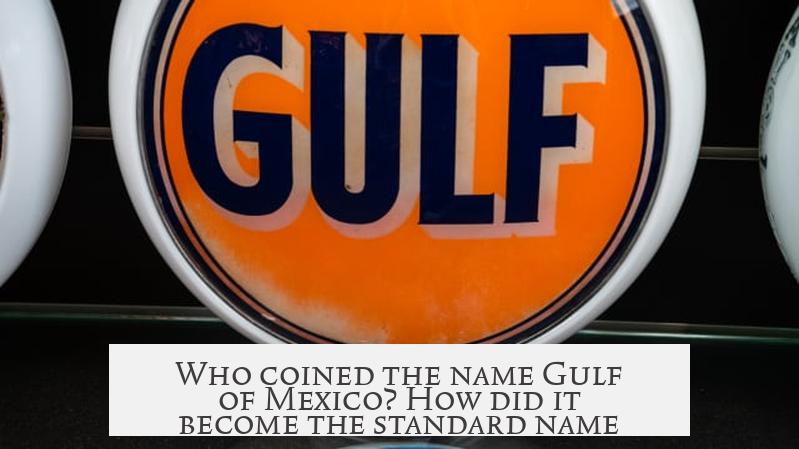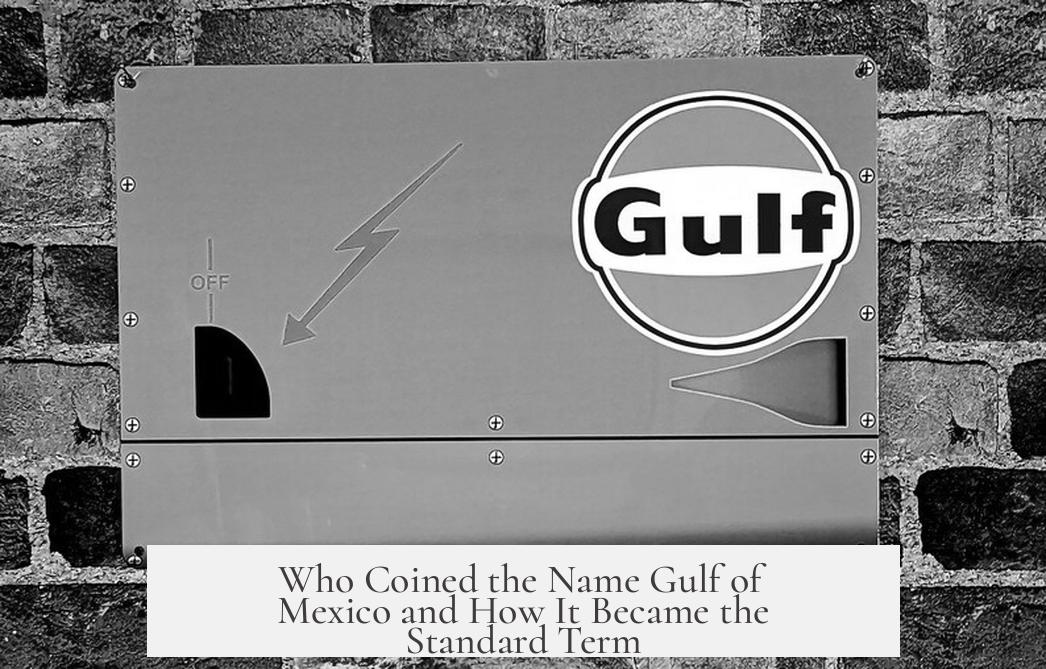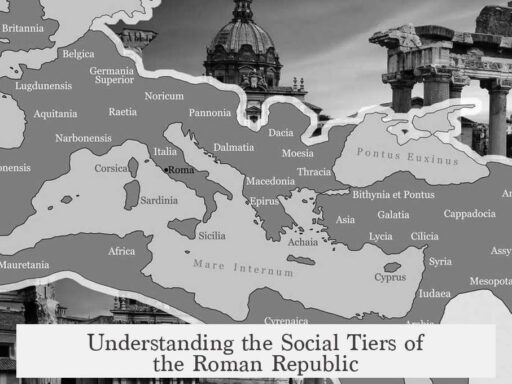The name “Gulf of Mexico” does not have a single known originator. Early Spanish explorers and chroniclers used several different names for this body of water. By the 1520s and 1530s, terms like “Gulf of the New Spain” or “Golfo de la Nueva España” were common. The name “Gulf of Mexico” became the standard by the mid-1500s despite varying earlier denominations.
Initially, the Gulf was known by multiple names reflecting the geopolitical and exploratory context of the time. Some called it the “Gulf of Florida” or “Gulf of the New Spain.” Notable 16th-century authors such as Gonzalo Fernández de Oviedo and Alonso de Chaves used “Gulf of New Spain,” indicating familiarity with the term among their readers soon after Hernán Cortés’s conquest.
A 1544 map by Sebastian Cabot also uses this nomenclature, showing the term was in official cartographic use by then. In addition, other names appeared in the literature. These included “Mexican Gulf,” “Gulf of Hernán Cortés,” and even the more obscure “Mar Catayum,” cited once by cosmographer Jeroni Girava but not widely adopted.
- Francisco López de Gómara quoted Pedro de Cieza de León noting the Gulf was called “Mexican Gulf,” “Floridan Gulf,” and “Gulf of Fernando Cortés” interchangeably.
- Jeroni Girava described the same body of water using multiple names, emphasizing the lack of standardized naming during that period.
By the 1550s, “Gulf of Mexico” had become a well-established name in Spanish sources and maps. The exact individual who coined this phrase remains unknown due to the variety of contemporaneous usages. The transition to this standard name likely reflects the increasing importance of Mexico (New Spain) as a central point of reference for the Spanish Empire and global navigation.
| Time Period | Names Used | Source Examples |
|---|---|---|
| 1520s–1530s | Gulf of the New Spain, Gulf of Florida | Oviedo, Alonso de Chaves, Hernán Cortés conquest context |
| 1540s–1550s | Mexican Gulf, Gulf of Hernán Cortés, Mar Catayum | Sebastian Cabot’s map, Jeroni Girava’s writings |
| By 1550s onward | Gulf of Mexico (standardized) | Widespread usage in Spanish maps and documents |
The gulf’s name evolved naturally from the exploration and colonization process. Multiple competing names existed in parallel. Over time, “Gulf of Mexico” solidified as the standard because it referenced the growing political and economic center of New Spain. This steady use in official maps and writings cemented its acceptance internationally.
- No single person coined “Gulf of Mexico”; it emerged through varied usage.
- Early names included Gulf of Florida and Gulf of New Spain.
- The name Gulf of Mexico became dominant by the 1550s.
- Spanish explorers and chroniclers influenced the naming variations.
- The name reflects Mexico’s geopolitical significance in the 16th century.
Who coined the name Gulf of Mexico? How did it become the standard name?

If you ask who exactly coined the name “Gulf of Mexico,” the short answer is: no one knows for sure. But by the mid-1500s, this name was already sailing steadily into common use. The journey to the name’s dominance is a fascinating tale of exploration, colonial ambition, and cartographic choices. Let’s dive deep into early denominations, shifting names, and how the Gulf finally settled into its modern identity.
Imagine the early 16th century—new worlds appearing on European maps like a fresh season of a hit TV show. Navigators and chroniclers are scrambling to name vast bodies of water. The Gulf at the southeastern edge of North America doesn’t yet have a fixed label. It floats in a sea of competing toponyms, each reflecting different perspectives and political claims.
Early Denominations: “Gulf of Florida” and “Gulf of New Spain”
The Spanish explorers of the early 1500s seem to prefer practical names based on territorial claims. “Gulf of Florida” pops up sometimes, which makes sense since Florida lies to the north side of the Gulf. But even more common in the 1520s and 1530s is the term “Golfo de la Nueva España” (Gulf of New Spain). This was a nod to the burgeoning Spanish colony centered in Mexico.
Two respected voices, chronicler Gonzalo Fernández de Oviedo and cosmographer Alonso de Chaves, use “Gulf of New Spain” as if the readers inherently understand it. That’s a sign the term already had traction by then. Interestingly, Alonso de Chaves wrote this as early as 1527—barely a few years after Hernán Cortés conquered the Aztec Empire. Talk about rapid branding!
| Author | Period | Terminology Used |
|---|---|---|
| Gonzalo Fernández de Oviedo | 1520s-1530s | Golfo de la Nueva España (Gulf of New Spain) |
| Alonso de Chaves | 1527 | Golfo de la Nueva España (Gulf of New Spain) |
| Sebastian Cabot (map creator) | 1544 | Gulf of New Spain appears on mappa mundi |
Even the famous explorer Sebastian Cabot’s 1544 world map features the Gulf under this Spanish designation, cementing its place in navigational lore.
Mix and Match: Gulf of Hernán Cortés, Mexican Gulf, and other names
But of course, where would history be without some confusion? Around the mid-1500s, the Gulf earned several nicknames. Chroniclers and cosmographers toss around terms like:
- Mexican Gulf
- Gulf of Hernán Cortés (or Fernando Cortés, another name for Hernán Cortés)
- Floridan Gulf
- Mar Catayum (though this one remains obscure outside one cosmographer’s note)
Francisco López de Gómara quoted Pedro de Cieza de León describing these variants: “Some call Mexican Gulf, others Floridan Gulf, and others Gulf of Fernando Cortés.” Jet-setting names, all reflecting distinct geopolitical claims or honoring the famous conquistador.
Cosmographer Jeroni Girava gives a more poetic take: “The great Ocean, which in the gulf between this cape and the cape of Yucatan is called Catayum Sea: others call it Gulf of Fernando Cortés, others Floridan Gulf, and some Mexican Gulf.” It’s like a naming party where no one agreed on the guest list.
The Path to Standardization: How Gulf of Mexico Emerged as the Winner
Back to our original mystery—who finally christened the Gulf as “Gulf of Mexico”? Spanish sources from the era don’t deliver a smoking gun. No single figure steps forth with a claim to name it. It’s a reminder that geographic names often evolve organically rather than being decreed by one person.
By the 1550s, the Gulf of Mexico name had already taken root. Even if “Mexican Gulf” wasn’t coined by one explorer, it benefitted from association with Nuevo España, a major political and economic hub. The name linked the vast body of water to the land of the Aztecs, now the heart of Spanish power on the continent.
The rise of cartography as a science helped too. Mapmakers needed a consistent label for clarity in trade and politics. Slowly, “Gulf of Mexico” won out over rival names because it was concise, tied to a geopolitical region everyone recognized, and featured on widely circulated maps.
So, what can we learn from this naming saga?

First, names stick when they are simple, widely understood, and politically meaningful. “Gulf of Mexico” has all these ingredients. It anchors the Gulf geographically and historically.
Second, naming is rarely the result of a single “aha!” moment. Instead, it unfolds through years of usage by explorers, chroniclers, politicians, and mapmakers. When a label resonates with the people relying on it, it naturally becomes the standard.
“Toponymy is messy, but that’s what makes it fascinating.”
Finally, there’s a touch of humility in this story. Despite the gulf’s global prominence today—in economy, ecology, and culture—its name arose through a democratic and rambling process without the glory of a single namesake.
Practical Tip for Curious Travelers and Learners
If you want to experience history firsthand, visit the Gulf region and think about those early explorers trying to map the unknown. Next time you say “Gulf of Mexico,” remember—you’re using a name born from centuries of exploration, debate, and adaptation.
And remember, next time you hear a new naming controversy, think about the Gulf of Mexico: sometimes names just need time to pick a winner.




